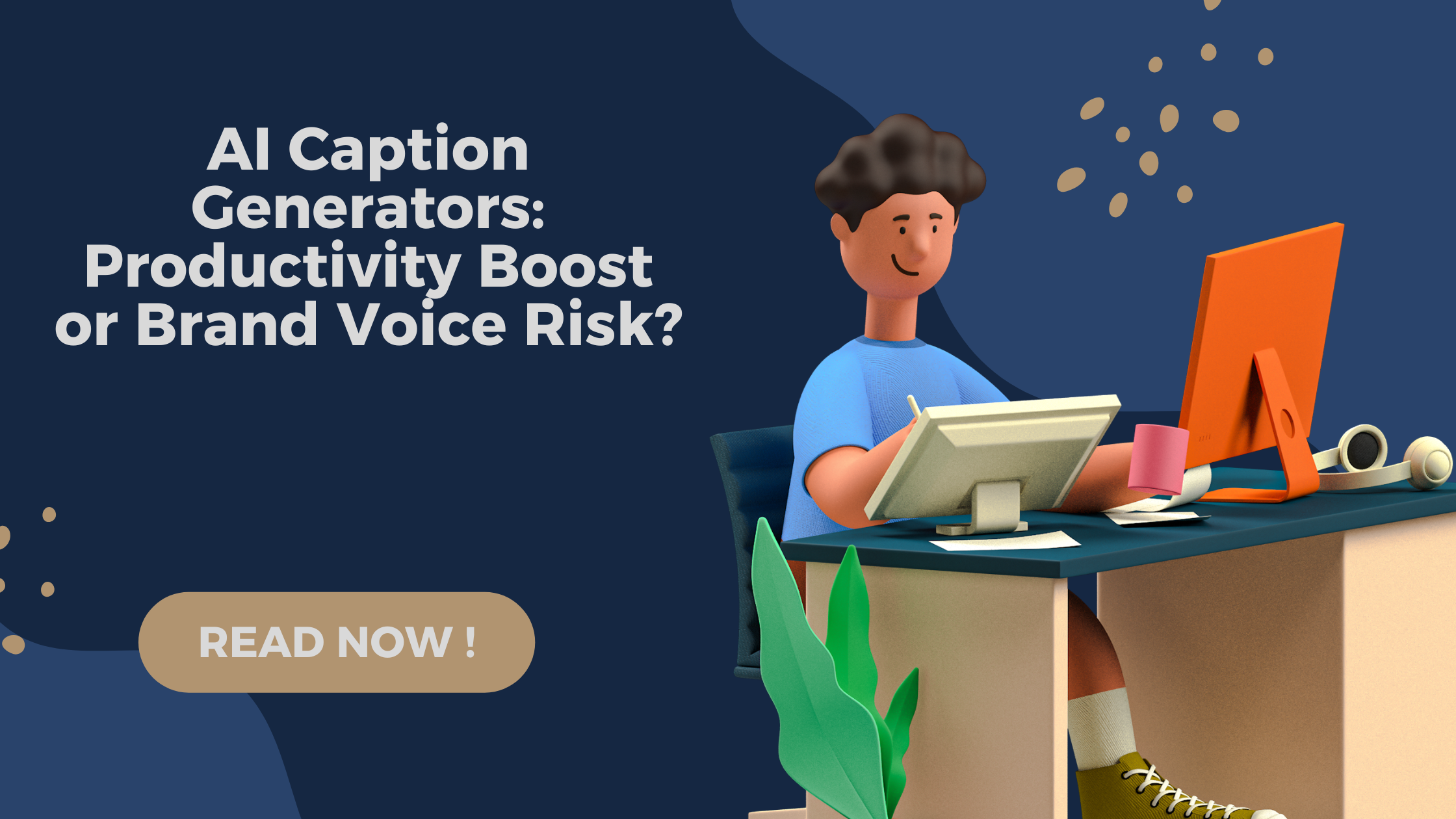Table of Contents
- Introduction
- What Is Generative Engine Optimization (GEO)?
- GEO vs SEO vs AEO
- Why GEO Matters Now More Than Ever
- How to Implement GEO: Step-by-Step
- 1. Use AI-Friendly Content Structures
- 2. Create Context-Rich and Fact-Based Writing
- 3. Optimize for Semantic Understanding
- 4. Provide “Trainable” Blocks
- 5. Update Frequently
- Example: GEO in Action
- Advanced Techniques for GEO in 2025
- GEO and E-E-A-T: The Perfect Pair
- Tools That Help with GEO
- Common GEO Mistakes to Avoid
- FAQ: Generative Engine Optimization
- About Rahul Sinha Digital Solutions
- Conclusion: GEO Is Not Optional — It’s Inevitable
- Suggested Readings & Backlinks
Introduction
In 2025, search is no longer about ten blue links. Instead, users expect precise, AI-curated answers delivered instantly through tools like ChatGPT, Google SGE, Perplexity AI, and Bing AI. As AI-driven tools reshape search, businesses must rethink how they structure and present information online.
Enter Generative Engine Optimization (GEO) — a vital strategy for content visibility in an age dominated by language models and AI assistants.
In this blog, you’ll learn:
- What GEO is and how it differs from SEO and AEO
- Why generative AI is changing content discovery
- How to structure content for AI synthesis
- Tools and advanced tips to optimize for GEO
👉 Want help making your website GEO-ready? Schedule a free consultation with Rahul Sinha Digital Solutions.
What Is Generative Engine Optimization (GEO)?
GEO is the practice of making your content easily discoverable, parseable, and quotable by generative AI tools. Instead of just ranking in SERPs, GEO aims to be used directly in AI-generated responses.
GEO is not about gaming algorithms. It’s about aligning your content with the needs of natural language models (LLMs) so they:
- Understand your topic hierarchy
- Recognize your brand’s authority
- Include your insights in synthesized answers
💡 Think of GEO as “training your content to be cited by AI.”
GEO vs SEO vs AEO
| Feature | SEO (Traditional) | AEO | GEO |
| Primary Goal | Rank on SERPs | Get featured in snippets | Be cited by AI-generated answers |
| Output Format | Webpages, links | Direct answer blocks | Full-text AI synthesis |
| Optimization Target | Search algorithms | Voice/Answer assistants | Large Language Models (LLMs) |
| Key Metric | Click-through rate (CTR) | Snippet/voice appearance | Citations in AI-generated responses |
While SEO and AEO focus on user queries and SERP features, GEO prepares your site to become a trusted source in AI ecosystems.
Why GEO Matters Now More Than Ever
1. AI Is Reshaping Search Behavior
Chatbots now answer millions of queries daily. Google’s SGE uses generative AI to summarize search results, often without showing a single link. Bing AI integrates ChatGPT-style answers directly on the results page.
2. Traditional SEO Metrics Are Changing
- Zero-click results are increasing
- Rich snippets are replaced with synthesized responses
- Ranking #1 doesn’t guarantee visibility anymore
3. Credibility Will Be Defined by Mentions, Not Just Links
If your site isn’t referenced in AI-generated content, it may as well not exist.
📉 According to Search Engine Journal, industries relying on informational content have seen up to a 40% drop in organic traffic due to Google SGE rollouts.
How to Implement GEO: Step-by-Step
1. Use AI-Friendly Content Structures
- Clear H2 and H3 headings for each section
- Short, specific paragraphs (2–4 lines)
- Semantic grouping (What, Why, How, Examples)
- Visual content that’s well-captioned (charts, infographics, etc.)
2. Create Context-Rich and Fact-Based Writing
- Explain concepts in your own words
- Add citations and references to trusted sources (Statista, Gartner, Google)
- Share personal insights or case studies
✍️ AI tools prefer citing content with context, numbers, and credibility.
3. Optimize for Semantic Understanding
Use keyword clustering:
| Core Topic | Related Keywords |
| GEO | generative seo, ai content optimization |
| LLM Optimization | ai chatbot content, chatbot ranking factors |
Run your page through Google NLP API or InLinks to verify relevance.
4. Provide “Trainable” Content Blocks
Create sections that look like:
- Definitions: Clear and quotable
- Lists: Pros/cons, tools, steps
- FAQs: Simple Q&A format
- Summaries: TL;DRs, checklists
5. Update Frequently
Generative AI values freshness. Train ChatGPT and Google SGE with your latest data:
- Add “Updated on [Month, Year]” at the top
- Refresh stats and citations every quarter
- Monitor your content with tools like GSC and Surfer SEO
Example: GEO in Action
Topic: “What is a headless CMS?”
Standard Answer:
A headless CMS separates the backend from the frontend, allowing developers to manage content independently.
GEO-Optimized Version:
Definition: A headless CMS is a content system that decouples content storage from how it is displayed, delivering content via APIs.
Benefits:
- Developer control over frontend framework
- Multi-platform delivery (web, mobile, apps)
Best Use Cases:
- SaaS platforms
- E-commerce experiences
- Mobile-first brands
🤖 Chatbots are more likely to extract content from the second format.
Advanced Techniques for GEO in 2025
1. Add Structured Data (Schema)
Use types like:
- FAQPage
- Article
- WebPage
Validate your markup with Google’s Rich Results Tool.
2. Use Topic Clusters and Internal Linking
Create pillar content that links to related blogs or case studies.
3. Write With “AI Priming” in Mind
Use signals AI looks for:
- Brand mentions
- Confidence phrases (e.g., “According to a 2025 survey…”)
- Neutral, informative tone
GEO and E-E-A-T: The Perfect Pair
Google and AI engines value:
- Experience: Share lived examples
- Expertise: Demonstrate topic mastery
- Authoritativeness: Get cited or linked from trusted domains
- Trustworthiness: Be transparent and up-to-date
Optimizing for GEO without E-E-A-T is like building on sand. Solidify your credibility with:
- Author bios
- Verified profiles (LinkedIn, GMB)
- Updated timestamps and references
Tools That Help with GEO
| Tool | Purpose |
| Surfer SEO | Keyword clustering and NLP scoring |
| Frase | AI content builder and topic explorer |
| SEMrush | Topic trends, keyword opportunities |
| Hemingway/Grammarly | Tone clarity and readability |
| Schema Markup Validator | Check structured data implementation |
Common GEO Mistakes to Avoid
- ❌ Overloading with keywords
- ❌ Ignoring schema or structured formats
- ❌ Using clickbait instead of clarity
- ❌ Publishing without updating regularly
✅ Pro Tip: Focus on clarity, structure, and contextual value.
FAQ: Generative Engine Optimization
Q1: How is GEO different from SEO?
A: SEO aims for ranking on SERPs. GEO prepares content for AI-generated responses.
Q2: Can I optimize for GEO and SEO together?
A: Absolutely. A GEO-optimized page typically improves SEO as well.
Q3: How do I track GEO performance?
A: Use Google Search Console, Perplexity citations, Ahrefs, and ChatGPT plugins to monitor mentions.
Rahul Sinha Digital Solutions helps brands:
- Master GEO and AI-ready content
- Build search-first websites
- Grow via SEO + content + performance marketing
Our proven strategies combine technical SEO, GEO frameworks, and content that gets picked up by ChatGPT, Google SGE, and more.
👉 Let’s make your content AI-friendly
Conclusion: GEO Is Not Optional — It’s Inevitable
In 2025 and beyond, you’re not just writing for people. You’re writing for machines that talk to people.
GEO ensures your brand doesn’t just get seen — it gets quoted, summarized, and trusted by the digital tools shaping tomorrow’s decisions.
The future of visibility is being the answer. Start now.
Suggested Readings & Backlinks
- Google’s AI Search Announcements – Search Engine Land
- Frase Content Optimization
- Understanding Schema Markup – Google Devs
- What is NLP in SEO? – Moz
- How ChatGPT Trains on Content – OpenAI
Written by the content team at Rahul Sinha Digital Solutions.





